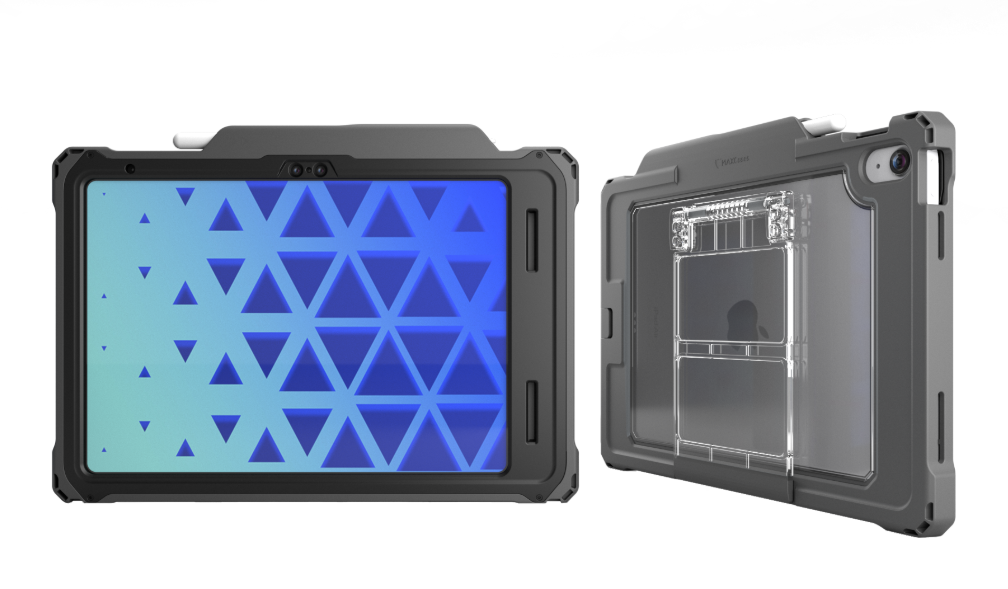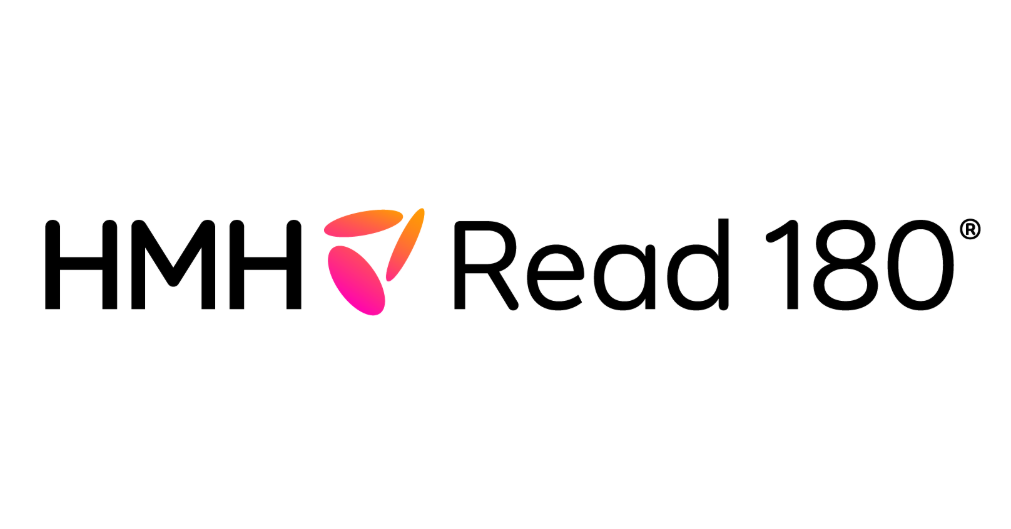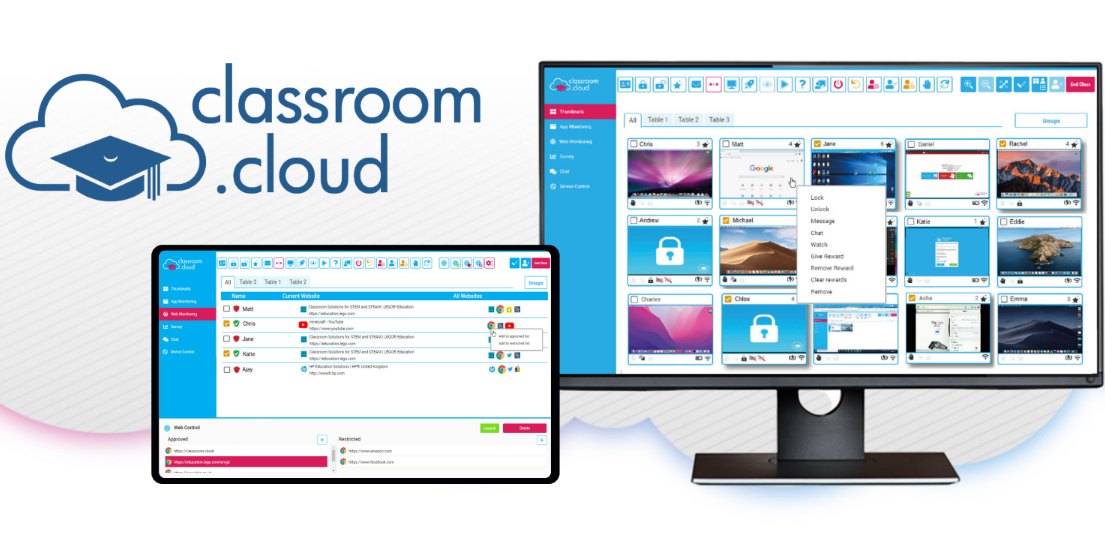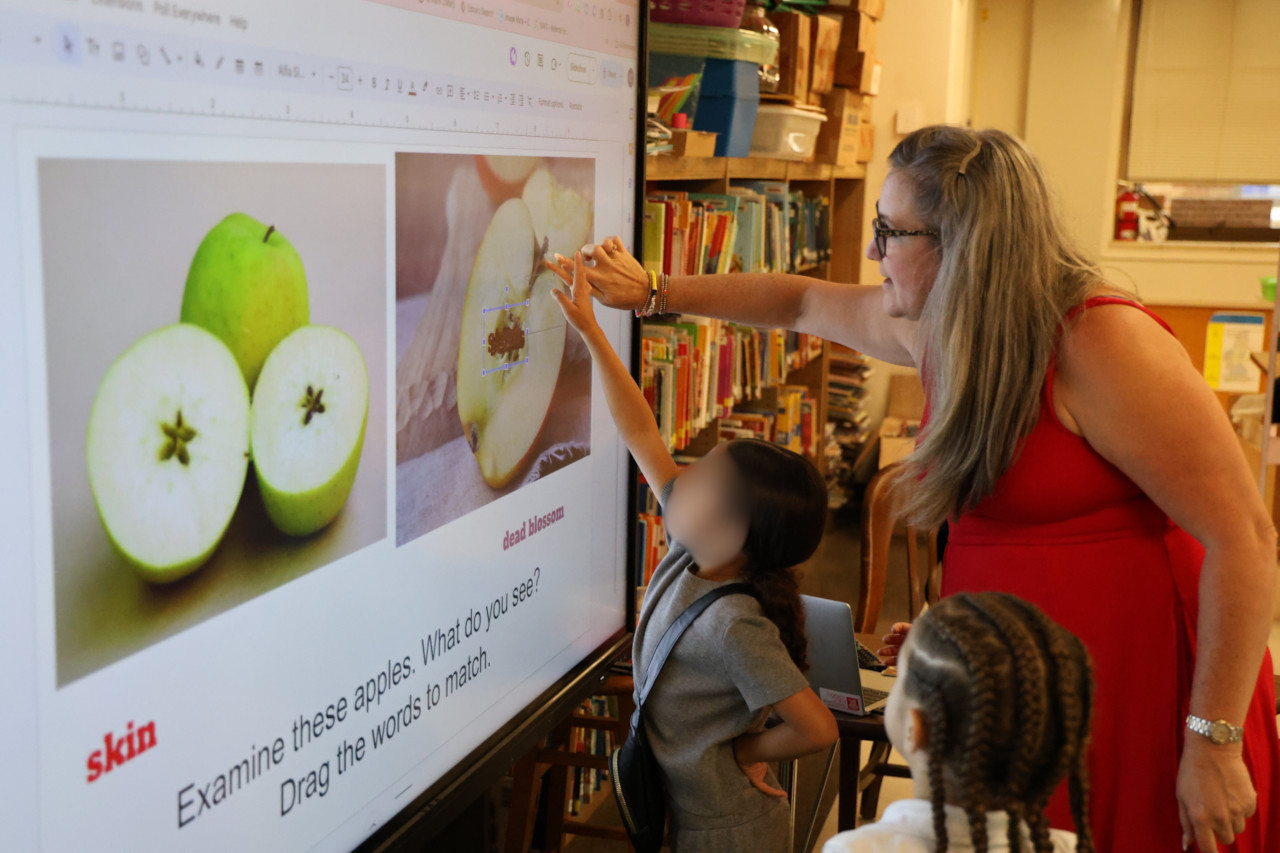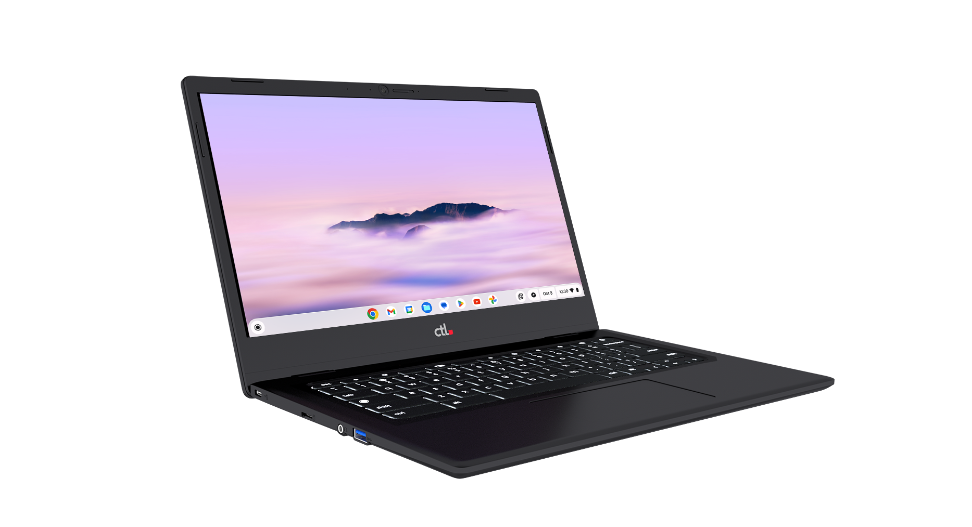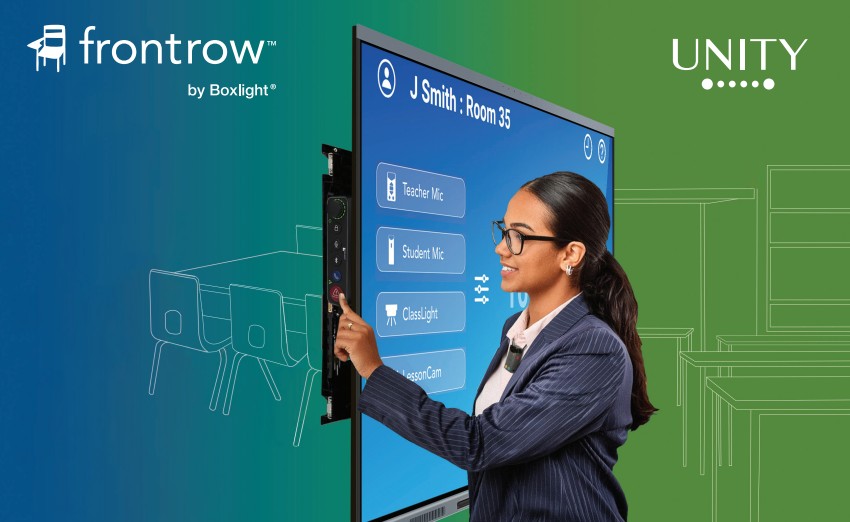A Visit to Camp Marimuse

It was the third issue of WIRED Magazine (1993) that introduced me to MUDs. The title of the article was The Dragon Ate my Homework and it described an emerging recreational application on the Internet that was starting to emulate the cyberspace William Gibson had described years earlier in his landmark novel, Neuromancer.
Text-based computer adventure games, like Zork and Colossal Cave, had been around since the 1970s. But MUD (Multi-User Dungeon), the first Internet version, was created at Essex University in 1980.
By the early 1990s, MUDs had become the new addiction on university campuses. Entering your favorite networked virtual realm you might read, “You stand in the main hall of a gothic castle, its stone walls covered with moss and magnificent tapestries. Before you is a table of English oak, set for a feast. Across the way you see StarChaser.”
StarChaser is the avatar of another user, connecting from some place else on the Internet. Your avatar is your persona in the virtual domain. If you type, “look starchaser,” you read his description, “You see a humanoid being, clad in clothing of metallic fabrics and holding a glowing golden orb.”
If StarChaser types, “say Hello inferior beings.” then you and others in the room read, “StarChaser says, ‘Hello inferior beings.’ ”
I was Peiohpah. Typing, “Look peiohpah,” you would read, “You see a tall thin black man, wearing a tattered navy sport jacket and dreadlocks, and seeming in constant motion to an inner melody.”
You could also emote gestures, such as, “emote jumps in the air and joyfully turns three backward flips!” Others in the room would read, “Peiohpah jumps in the air and joyfully turns three backward flips!” In cyberspace, you can suspend any laws of physics that get in the way.
MOOs were a type of MUD that enabled users to co-create the environment. We could type to create and describe rooms and attach them to other rooms. We could also create and program objects that would react to words uttered by nearby users. The richness of an environment depended on the compellingness of its description.
MOOs quickly gained the attention of educators because teachers and students could create curriculum-oriented environments. It was in this context that I met (online) Billie Hughes and Jim Walters. On the faculty of Phoenix College, they were working with local teachers and a diverse group of at-risk upper-elementary students to explore instructional potentials of MUDs. They all reported to a computer lab at the college, where they were introduced to the Internet and the concept of MUDing. Camp MariMUSE was launched.
Initially confused and anxious, the youngsters were helped to created their avatars, coding in their names and descriptions. Sitting quietly, side-by-side at their computers, these children met each other anew, through their imaginary personas. In real life, some of them were known only by unsavory reputation.
Becoming comfortable with the environment, the students set out to create their homes. MUD-savvy volunteers from Cleveland Free Net materialized to help the students in-world. It was initially difficult for the youngsters to accept that these helpers were hundreds or thousands of miles away, but as the students’ confidence grew, serious work began.
One young girl had always dreamed of living in a cave. So after the first day she applied for her first library card and researched caves. She wanted the description to be as accurate and visual as possible. After three weeks, the students had created an entire town and were discussing the need for laws and a system of governance.
One boy, because of his reputation, was desperately avoided by the other students. But inside the MUD, he quickly surfaced as a prodigy coder and many of the other students, in avatar, came to him for help. It was an entirely new experience for the shunned youngster to have peers seeking him out for help. His teachers saw astonishing changes in his personal behavior, as his classmates came to realize who their favorite helpmate really was.
We had to remind ourselves that these children could barely be convinced to write their names on paper in their classrooms. In MariMUSE, they wrote and rewrote megabytes of text—because they were writing to be read, not measured.
Tech & Learning Newsletter
Tools and ideas to transform education. Sign up below.
